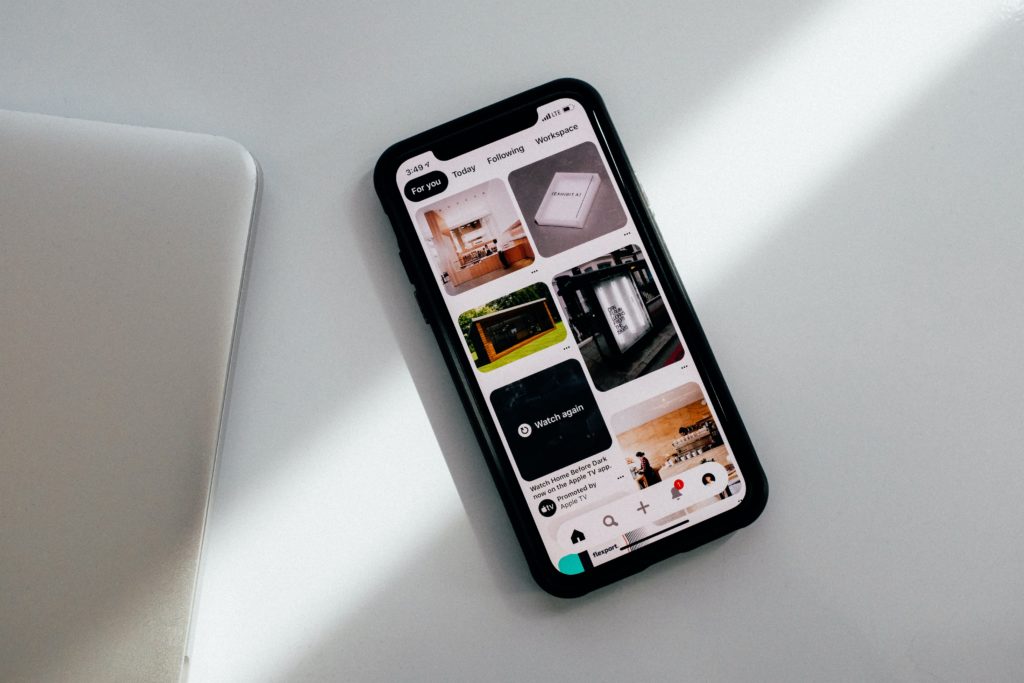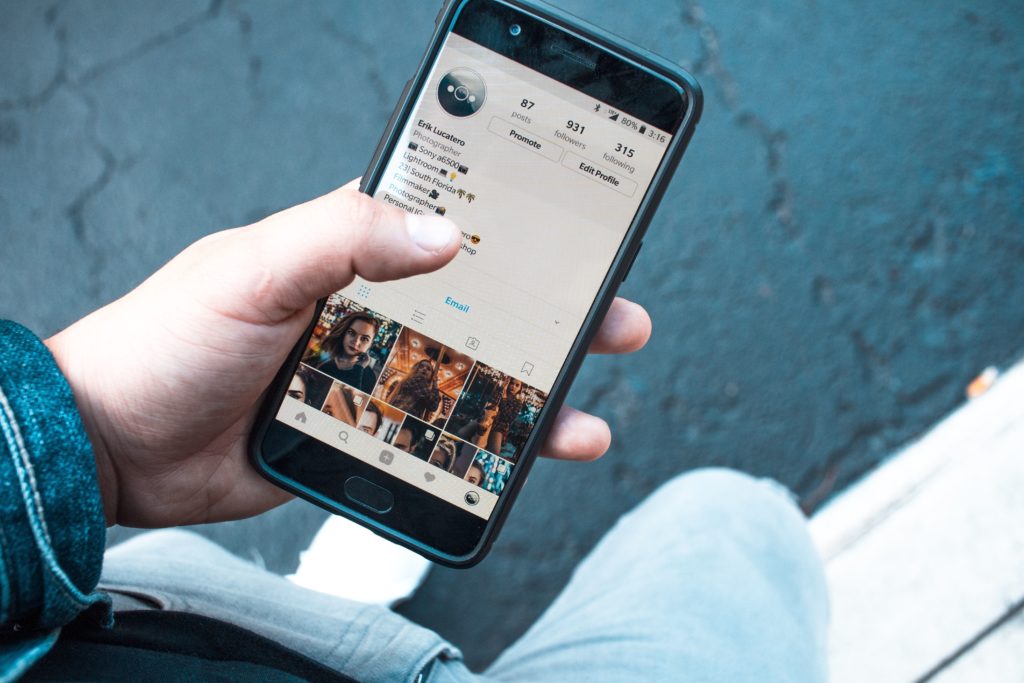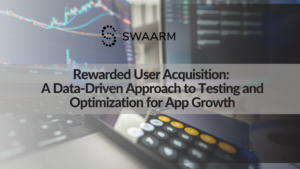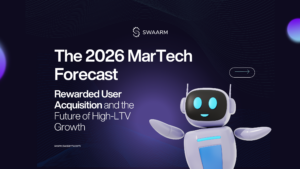4 classic performance marketing ad formats to help you achieve your marketing goals in 2021
From traditional display ads to influencer marketing, performance marketing is a method that can be used for many different ad formats. Moreover, knowing the variety of ad formats available to marketers empowers you to develop a mixed strategy that can be optimized over time. After reading this article, you will know what format of advertising is best for you.
This article shares the classic performance marketing ad formats you need to know and outlines how they can be used to reach your marketing goals. We also share contemporary promotional methods that can be used in conjunction with these formats as part of your overall strategy.
What are the classic performance marketing ad formats?
1. Banner ads
Banner ads are a traditional performance marketing ad format for mobile and desktop. It has a simple approach; display your ad as a banner on a website or in-app. These are static ad units that are usually delivered to users at the top or bottom of a screen.
Although banner ads are often considered simplistic in comparison to other formats, Bannerflow Co-founder Daniel Jacobsson explains that “today browsers for mobiles are just as competent as those for desktop and advanced features should be embraced in mobile ads”.
2. Native ads
Native ads are incorporated into a publisher’s website or app in a way that is intuitive and natural for the user. It is one of the most innovative ad formats available. Rather than a clear separation between the on-site content and advertising inventory, native ads require marketers to match the aesthetics of the publisher’s user experience.
Native advertising can be used to increase engagement because it uses a format with which users are already familiar. Common payment models for native advertising include CPM (Pay Per Impression) and CPC (Pay Per Click).
The unique tools available for each publisher means you have ample opportunity to find new ways to engage your audience. Moreover, native ads can be implemented dynamically according to user activity. This means a users’ preferences can be used to increase the likelihood of engagement and conversions. Moreover, this enables publishers to share hyper-relevant ads to their users for an optimized user experience.
It is critical for marketers to invest time in understanding the platform in which they are displaying native ads. For example, advertising native content on Snapchat is going to have different obstacles and opportunities compared to native ads on Reddit. Each platform has a unique audience with its own culture and user habits.
Learn more about “Mobile tracking: which cost model is the best investment?”
3. Mobile video ads
There are different kinds of in app ad formats. Video ads are a highly engaging performance marketing ad format that uses audio-visual creative to reach audiences, typically for a length of time that ranges between 15-30 seconds. These ads can be strategically placed at opportune moments in the user experience. For example, a user can be shown a video ad at the end of each level of a mobile game.
You will also need to consider whether your mobile video ad needs to be shot vertically, horizontally, or dynamically filmed to cater to both options.
What are pre-roll ads?
A pre-roll ad is a video that is served to the user before a video they have clicked to play. For example, YouTube serves video ads to users before they can access their desired content. This includes videos with an option to skip after a set period of time as well as unskippable ads that must be played through before the user can access YouTube’s content.
Learn more about “How Your Gaming App Can Benefit from Partner Marketing“
4. Interstitial ads
An interstitial ad is a full-screen display ad that is served to the user at opportune moments in the user experience. Along with banner ads, this is another format that started as a desktop display ad that has been adopted for mobile. Advertisers can use full-screen rich media for their interstitial ads to increase engagement and drive installs
Just like video ads, interstitial ads must be served at the right time to avoid disrupting the user experience. This is a critical practice because your interstitial ad will take up the entire screen. While this presents opportunities to generate installs with engaging creatives, there is also the potential to frustrate users with the wrong placement and creative that does not show the value of your ad.
What are some contemporary promotional methods that can help me reach my marketing goals?
Push notifications
Push notifications can be sent to a user by any app that is installed on their device, as long as this is enabled in their settings. This is a native ad format that appears on a user’s lock screen and on their list of unread notifications. Push notifications are useful for limited-time promotional deals and similar alerts that can be used to reengage inactive users.
Influencer marketing
Sponsored Content
Advertisers can partner with influencers by sponsoring content that is relevant to their target audience. For example, a fitness app may want to sponsor content posted by health and wellness influencers. This could be posts on Instagram that use specific campaign hashtags or a requirement for the influencer to mention your app in their video content. The influencer can include a tracked link in their description or bio, making it possible to measure the results of their ad exposure.
Influencers have grown their following by understanding what type of content works for their audience. When working with influencers, this knowledge can be leveraged to enrich sponsored content and optimize results. It is therefore important to communicate with influencers and trust their knowledge of their audience for best results.
Discount codes
Another influencer marketing method available to advertisers is the use of discount codes and similar deals. Influencers can offer their audience a promotion – such as a discount or free trial – with your product by using their designated code. This makes it possible to measure the influence of their ad exposure.
Learn more about “Tracking Platform Innovation for Affiliate Networks”
Conclusion
With a wide selection of ad formats available, it is important for marketers to learn which ad formats can be used to deliver results for performance marketing. Most importantly, the performance marketing ad format must provide a method of measuring the conversion which is needed for payment to the publisher. This also enables you to develop a mixed strategy that can be optimized over time for best results.
Here are the 7 performance marketing ad formats in a nutshell :
- Banner ads: Traditional display ads usually delivered to users at the top or bottom of a screen
- Native advertising: Ads that match the look and feel of the platform in which they are displayed
- Video ads: This includes formats such as pre-rolls, which play before the user’s intended video
- Interstitial ads: A full-screen ad format that can include rich media
- Push notifications: Alerts that can be sent by apps that are installed on a user’s device
- Sponsored content: Influencers can include a trackable link in their bio or description for sponsored content to ensure that their influencer is measurable
- Discount codes for influencers: This enables influencers to provide a trackable code for their audience who will benefit from a promotional deal.
Selecting the correct marketing formats will help you to reach your goals and get the best results. Display ad formats and user experience is interlinked.
Advertisers can A/B test their creative for each of these ad formats. This ensures you are optimizing your performance marketing strategy to deliver better results over time.
Contact us today to find out how our innovative technology can help you grow your business at scale. Our team of industry experts will be happy to answer your questions.





